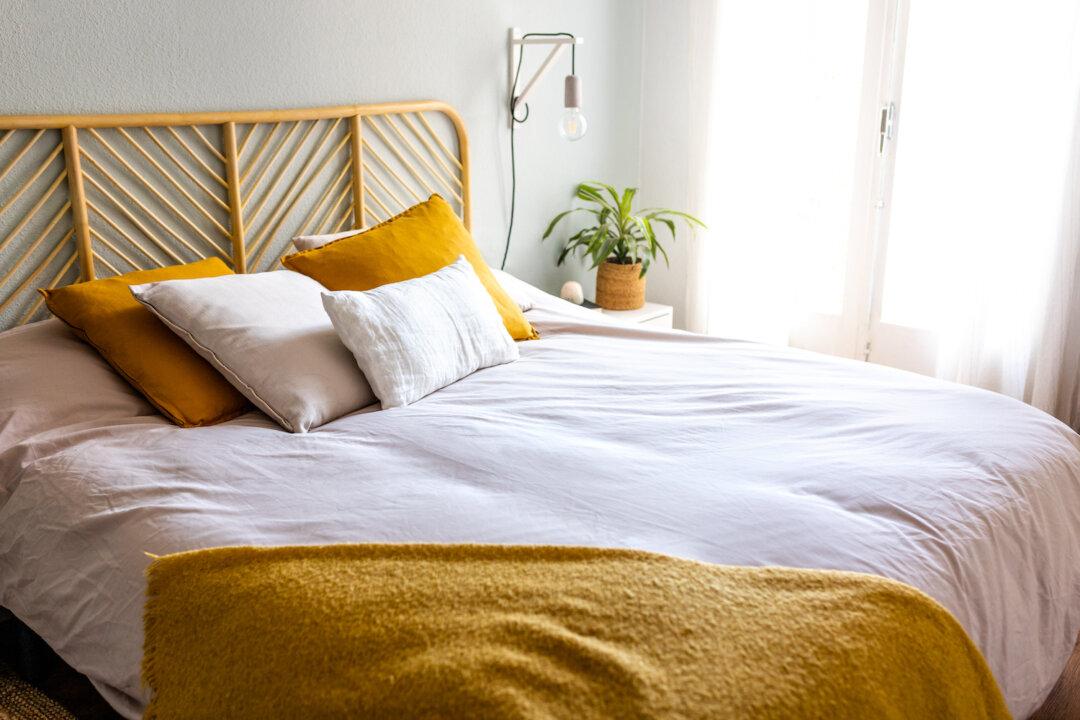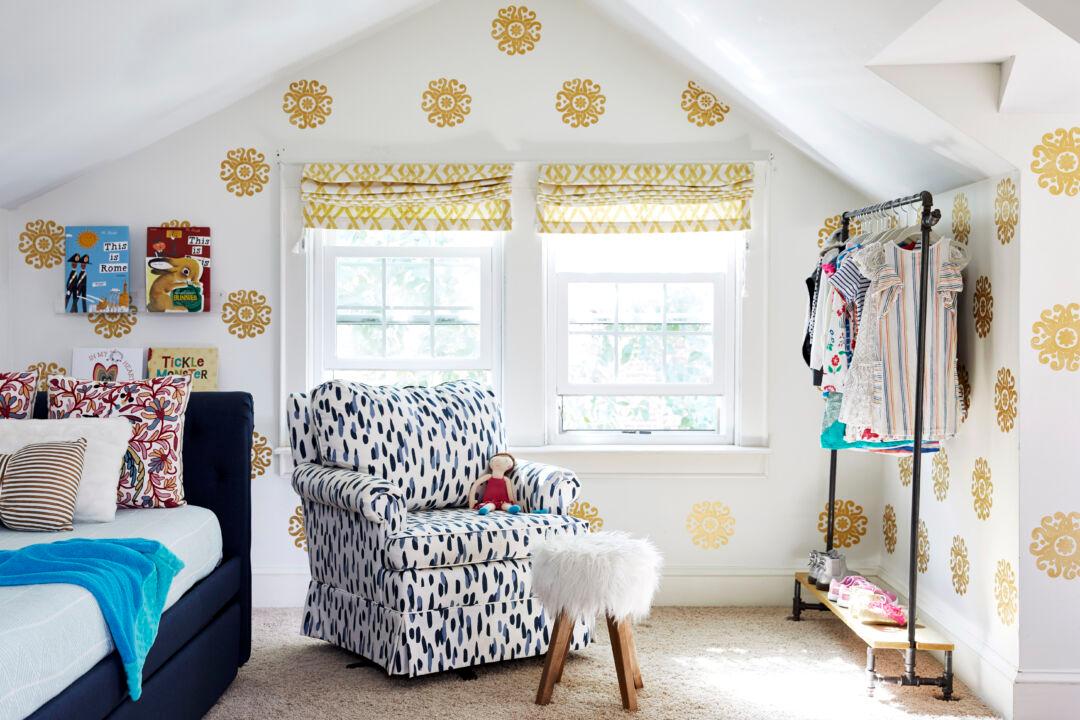Changing your bedding for the season isn’t a requirement, but it does have benefits if you’re inclined to make the swap. The first thing to know is that you don’t necessarily need to change your bedding four times a year. To update seasonally, take a twice-yearly approach (think: spring/summer and fall/winter). Or if you just want to get extra cozy during the winter, consider placing a faux fur or chunky knit throw at the bottom of the bed and you’re good to go from October through February (give or take, depending on your location).
So what exactly are the benefits of swapping your linens for the season? The first and most obvious reason to change bedding when the weather starts to cool down is for warmth. A heavier duvet or comforter or even a heavier cover can keep you perfectly warm and toasty all season long. Throw blankets, coverlets, and quilts also provide beneficial layering that allows for more customized temperature control.





